The place for parents to be
Min read
Min read
Min read
Min read
Min read
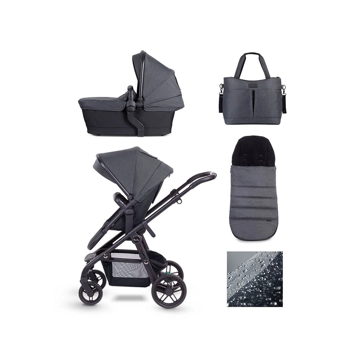
Coast is our cool and durable carrycot/pushchair travel system which features stylish detailing and premium marl fabrics. Coast is fully accessorised with a co-ordinating deeply padded footmuff and super practical pram bag.
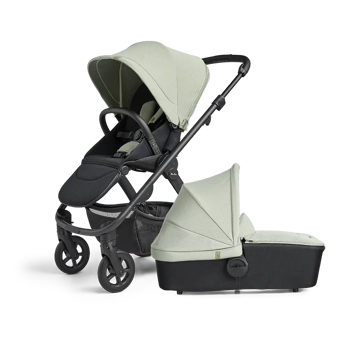
Tide is our new multi-terrain pushchair with an overnight sleeping approved carrycot, reversible multi-recline pushchair seat and effortless freestanding fold.
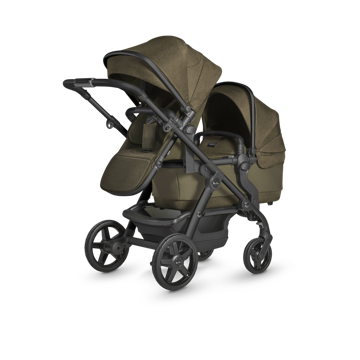
Introducing the all new Wave, our future-proof travel system that’s designed especially for growing families.
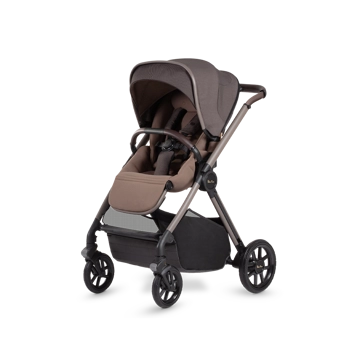
Suburban, stylish, sustainable – Reef is our multi-terrain travel system offering the ultimate in baby comfort no matter where your adventures take you.

Dune, our contemporary and compact urban travel system proves there’s no need to compromise when it comes to style and functionality.

Add an award-winning Dream i-Size Infant Carrier & Base with your Coast pushchair, designed for everyday strolls
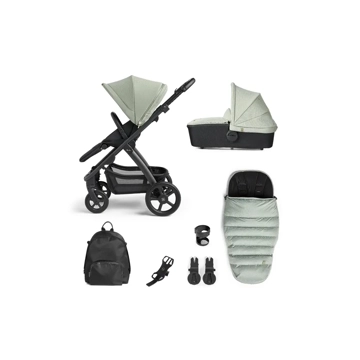
Our lightest, most compact multi-terrain pushchair, Tide is made for exploring. Includes Accessory pack with a changing rucksack, footmuff, phone holder and cup holder.

Our lightest, most compact multi-terrain pushchair, Tide is made for exploring. With 4-wheel suspens...

Our lightest, most compact multi-terrain pushchair, Tide is made for exploring. With 4-wheel suspens...

Everything you need with your Wave pram including Dream i-Size infant carrier & base, changing bag, footmuff, phone holder and snack tray
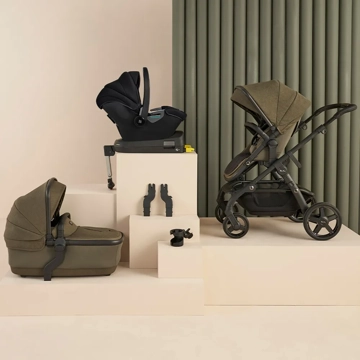
Turn your Wave pram into a Travel System with an award-winning Dream i-Size infant carrier
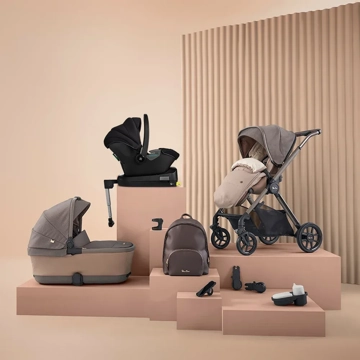
Everything you need with your Reef pram including a First Bed Folding Carrycot, Dream i-Size infant carrier, changing bag, footmuff, phone holder and snack tray

Reef, our multi-terrain travel system offering the ultimate in baby comfort no matter where your adventures take you with its freestanding fold, first bed folding carrycot and off road wheels with a travel pack
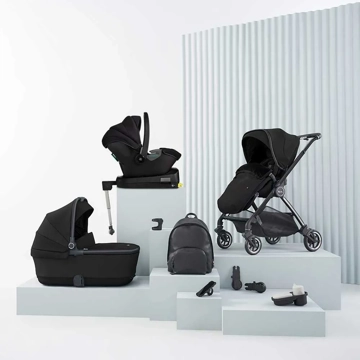
Everything you need with your Dune pram including a First Bed Folding Carrycot, Dream i-Size infant carrier, changing bag, footmuff, phone holder and snack tray
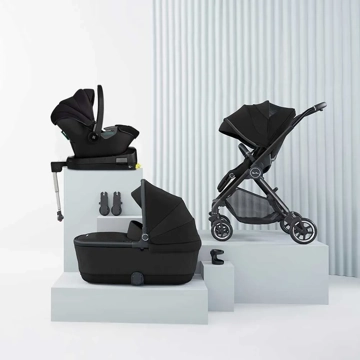
Combine your Dune pram with a Newborn Pod and an award-winning Dream i-Size infant carrier and Travel pack.
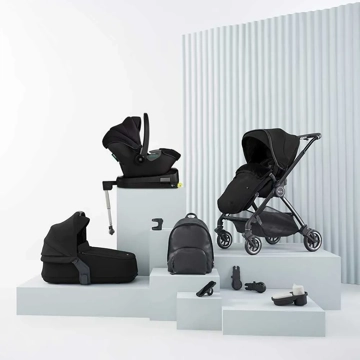
Everything you need with your Dune pram including a Compact Folding Carrycot, Dream i-Size infant carrier, changing bag, footmuff, phone holder and snack tray

Combine your Dune pram with a Compact Folding Carrycot and an award-winning Dream i-Size infant carrier
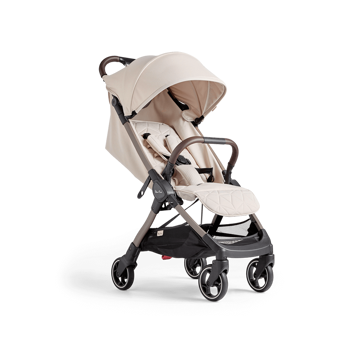
For everyday strolls with a one hand fold
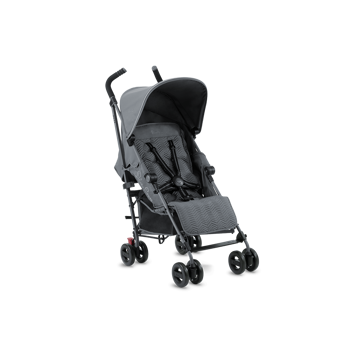
Upgrade your daily strolls with Zest, our everyday pushchair offering style and comfort for both parents and babies.
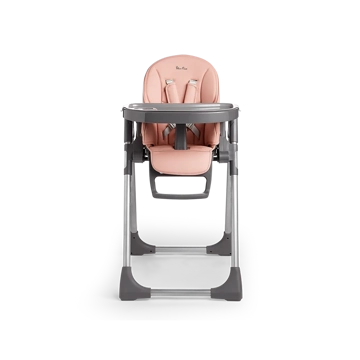
Makes mealtimes fun
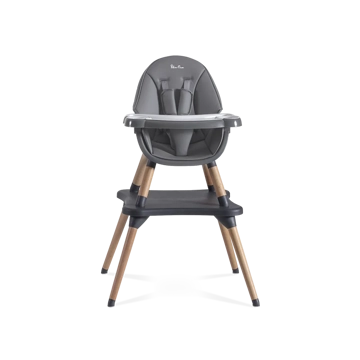
Eat&Play is the 4-in-1 highchair and play table that does it all. Transforming effortlessly from...
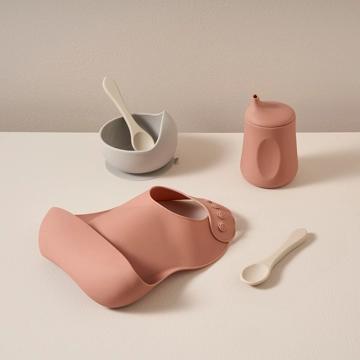
For snacking, weaning and playtime
Start you little one's weaning journey
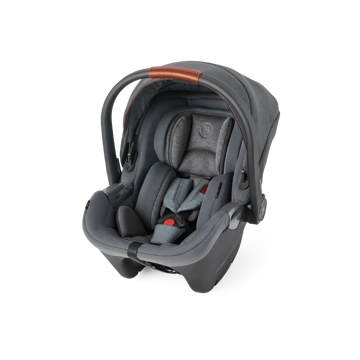
Awarded the safest infant carrier for your newborn by ADAC, when used with the Dream i-Size base
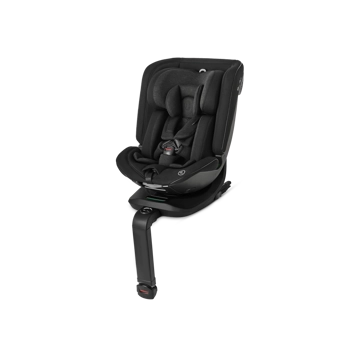
The only 360° rotating car seat you need, suitable from birth to approx. 12 years
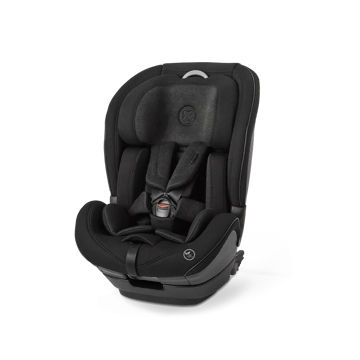
The multi-stage car seat, growing with your child from 15 months to approx. 12 years of age
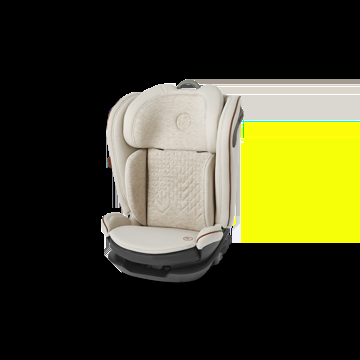
Our high-back booster seat from 4 to 12 years old, approved to the latest R129/03 safety standard
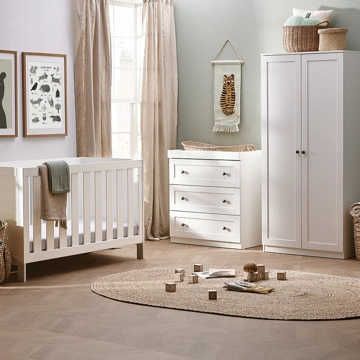
Simple and beautiful, the Bromley nursery furniture collection offers the perfect canvas for creatin...
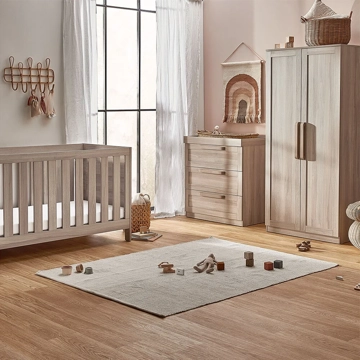
Create the best nursery for your little one to nap, play and grow with the Bromley Oak 3-piece nurse...

Special edition auto-folding super stroller.

Special edition 360° rotating, all stage car seat.
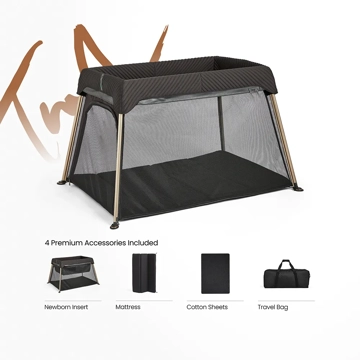
Special edition one-pop travel cot, co-sleeper and playpen.
The second trimester brings further changes as your pregnancy evolves. You may now begin to feel a difference and to see a more obvious bump appearing. By now, the nausea has tended to subside and hopefully disappear altogether as your pregnancy progresses.
Most women will also generally feel less tired in the second trimester. It’s difficult to quantify/qualify changes in women during pregnancy as every woman is different. There are common changes and noticeable changes as well as uncommon ones.
What happens during the second trimester?

Foetal development:
Whilst you are noticing changes in your own body, your developing baby has now evolved from an embryo to a foetus with rapid growth. Your baby will now start to move and kick more, especially towards the end of the second trimester. From now on, week by week, your baby will go through rapid changes. For example, urine starts to form, baby’s gender becomes more apparent, she/he will start to respond to your voice and your baby’s hair will be more established, with eyebrows and eyelashes looking well-formed and your baby will start to suck their thumb.
Skin changes:
It’s around this time that you may start to get the ‘you’re glowing’ comment, especially if your skin glows and is rosy during the ‘honeymoon’ second trimester. It’s also common for brown patches to start to show on your face (or inner thighs). These will usually fade and then disappear after birth. In the meantime, it’s best to use UV filter creams in the summer and avoid long periods of time in the sun. If you haven’t started using moisturiser for your bump, now is the time to start! Good quality, natural creams help nourish your skin, but they won’t stop you from getting stretch marks if they are going to appear. Creams may help to reduce any tighten-ing discomfort though.
The mucous membranes line delicate areas of the body and are lubricated. At this stage of pregnancy, the membranes can thicken. This can lead to stuffiness or there could be some bleeding. It’s a protective measure – annoying but a clever defence mechanism.
This is due to increased blood flow and hormones. Again, your body is protecting you by trying to prevent infection travelling from the vagina up to the uterus. The discharge is normal if it’s either clear or white and doesn’t smell. If the discharge smells, is very watery or is any other colour, report this to your midwife.
They are not true contractions like you will have in labour. They are the body’s way of preparing for the real thing – like practice contractions. I often tell mums about my brother being a musician and before his gig he will do sound checks - ‘mic check, one two…’ A bit like Braxton Hicks, they are preparing for the big day. They are described as a tightening, usually in one area. It’s not uncommon to experience them after exercise, intercourse or orgasm. The contractions of orgasm (and release of oxytocin) can set them off. There’s no need to worry that this will induce labour at this stage of your pregnancy.
Also known as the ‘anomaly scan’, this is a detailed ultrasound screening carried out between weeks 18 and 21. The scan checks the physical development, but it doesn’t pick up everything. You can find out the sex of your baby at this scan too - that’s if they are willing to show you! Like the 12-week scan, it’s a black and white 2D image giving a side view of your baby. The scan is offered to everyone, but you don’t have to have it. If you have any questions about the scan, feel free to ask your midwife to clarify anything that you’re not sure about.

Linear nigra:
Translated, means ‘black line’. This vertical, darkish line is one of the most common skin changes, it will fade and then usually disappear after birth. Those hormones that darken your nipples can cause hyper-pigmentation to this line of skin from your belly button to your pelvis. It’s most likely there for the benefit of your baby as newborns have poor eyesight and ‘pointers’ can help them reach their food source.
Hair and nails:
In line with the ‘blooming’ theme, your hair may appear thicker and healthier. Your nails may also become thicker and grow faster. The changes are due to an increase in blood circulating volume and increased levels of the hormone oestrogen. Not all women have the same changes though, and it’s important to eat a well-balanced diet with lots of healthy fats to support your pregnancy too.
Your baby will be making movements with or without your knowledge. If you have experienced pregnancy before, it’s easier to recognise movement, especially if you are looking out for it. And the common time to notice foetal movements is anywhere from 16 to 24 weeks. It’s difficult to describe what the movements feel like, but it’s often described as ‘flutters/fluttering’ or ‘wind’ – it’s an exciting time! If you have not felt movement by 24 weeks, you will need to let your midwife know.
This is caused by the changes in circulation. You might sail through your pregnancy with little or no dizziness and mild spells are normal. If the dizziness is excessive and/or accompanied by other symptoms, let your health professional know. If you do get dizzy, be mindful of standing up too quickly after lying or sitting (especially for longer periods). Try to lay on your side rather than flat on your back too. Equally, if you stand still for long periods this too can cause dizziness or fainting.
Poor diet and malnutrition can contribute to a decline in health of teeth and bones, especially in pregnancy. With access to vitamins and improved general health/diet in developing countries, we can help to protect our teeth and gums. Again, the thickening mucous membranes can cause problems with a build-up of plaque and bleeding gums known as pregnancy gingivitis. There are steps that you can take to prevent and deal with dental problems:

Marie Louise is an experienced Midwife, PTLLS adult educator and hypno-birthing teacher from the UK. She has travelled extensively to learn about midwifery in different cultures and has also practised in Australia. She runs ‘Modern Midwives Meetups’ which provide a safe space for midwives to share best practice and hear from experts in the maternity field. Marie Louise is a sought after expert and has most recently been invited to Parliament to discuss maternal mental health and maternity discrimination. She's also a communications partner for Child.Org, an equal opportunities charity for children and advises Cocoon Family Health, a perinatal mental health charity based in London.